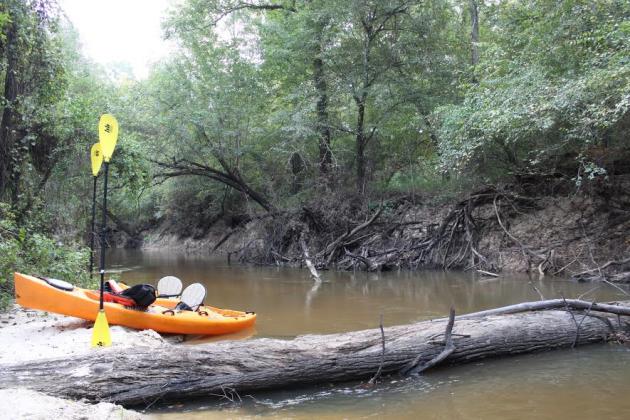
A new National Park Service (NPS) report shows that 309,053 visitors to Big Thicket National Preserve in 2020 spent $20.3 million in communities near the Southeast Texas park. That spending supported 256 jobs in the local area and had a cumulative benefit to the local economy of $26.7 million.
“We have been safely increasing access to Big Thicket, one park in the national system of parks that support individual and collective physical and mental wellness,” said Superintendent Wayne Prokopetz. “We welcome people back to the park and are excited to share the story of this place and the experience it provides. If we have learned one thing from the past year, it is that our visitors love Big Thicket, and we are excited to see them again on our ranger-led programs in the coming months.”
The peer-reviewed visitor spending analysis was conducted by economists with the National Park Service and the U.S. Geological Survey. The report shows $14.5 billion of direct spending by more than 237 million park visitors in communities within 60 miles of a national park. This spending supported 234,000 jobs nationally; 194,000 of those jobs are found in these gateway communities. The cumulative benefit to the U.S. economy was $28.6 billion.
Looking at the economics of visitor spending nationally, the lodging sector had the highest direct effects, with $5 billion in economic output. The restaurants sector had the second greatest effects, with $3 billion in economic output. Visitor spending on lodging supported more than 43,100 jobs and more than 45,900 jobs in restaurants. Visitor spending in the recreation industries supported more than 18,100 jobs and spending in retail supported more than 14,300 jobs.
Report authors also produce an interactive tool that enables users to explore visitor spending, jobs, labor income, value added and output effects by sector for national, state and local economies. Users can also view year-by-year trend data. The interactive tool and report are available on the NPS Social Science Program page on NPS.gov.


